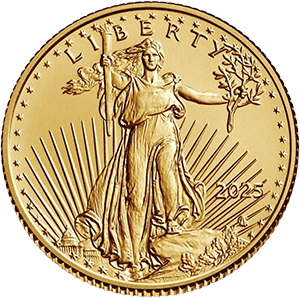Silver Exchange Trade funds were launched in the 2000s along with gold exchange traded funds. The idea behind this was to trade certificates backed by silver rather than trading real silver. These certificates were administered by brokers who ensured authenticity and smooth processing of trading.
Gold ETFs were very well received when they were first launched. Most people expected silver ETFs to receive a similar response, which is why they were also launched in a big manner.
The idea for launching the Silver ETF was that it will help deal with the shortage of silver that was experienced in the 1980s.
Basically in the 1980s, around 3 billion ounces of silver were mined and gradually in the coming years the warehouses were left with only 100 million ounces.
This shortage of silver was worrisome because silver is extremely essential for the production of a lot of things like phones, keyboards, refrigerators, etc.
Since silver mining was actually a by-product of the mining of other metals like lead, gold, and zinc, this meant that there was very little actual silver mining happening. The consumption was much greater than the production.
With the introduction of silver ETFs, there was actually a boost in silver trading. It allowed greater liquidity as it made the metal more accessible. However, ETFs did come with some challenges in the form of taxes and broker fees.
Even though ETFs seem like an attractive option, be careful and consider both its pros and cons before starting a trade.

